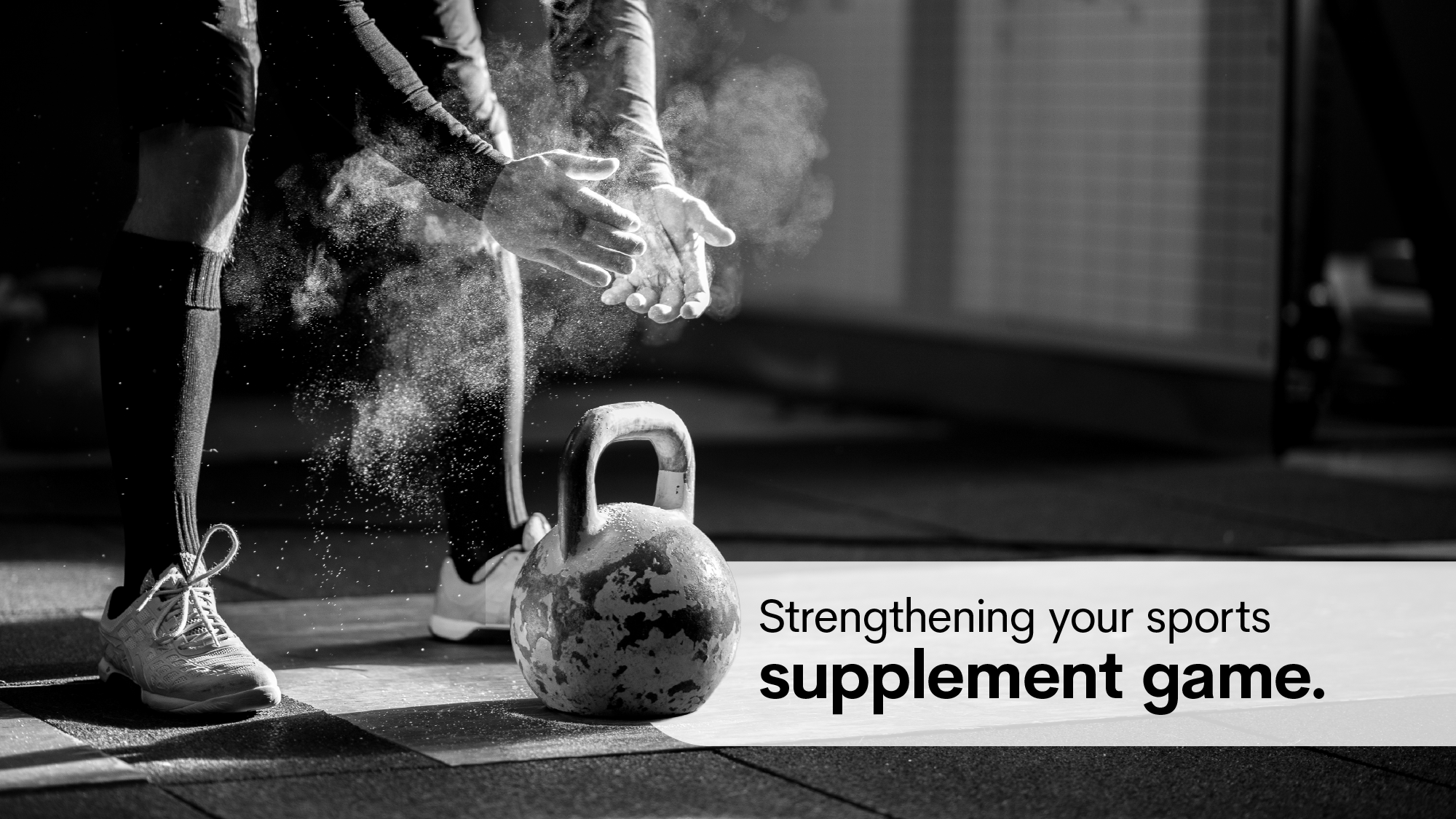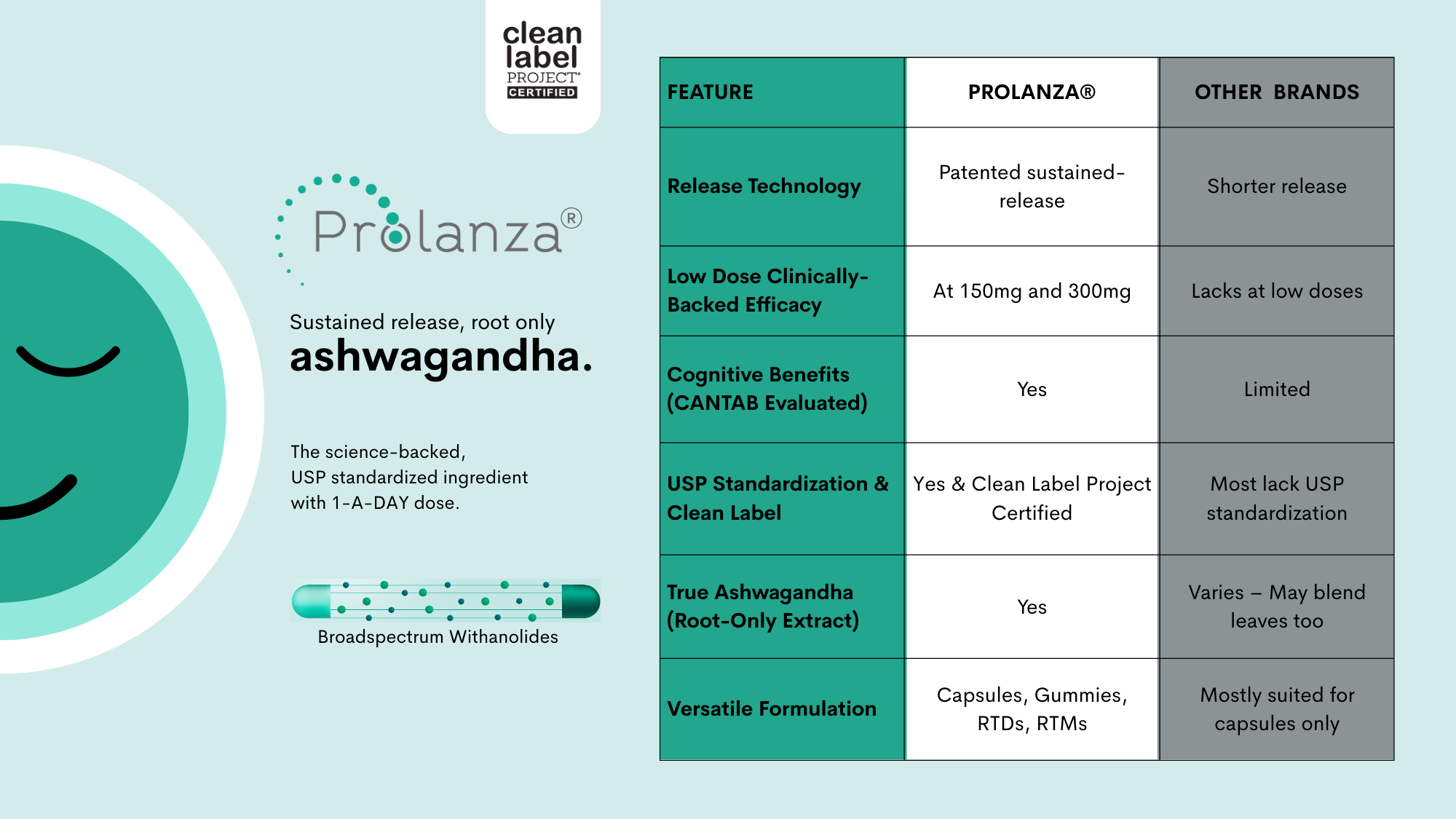Autumn is chock full of fun times to be had. And 24-hour energy is the key to it all. Imagine entering a corn maze all gung-ho … only to run out of steam mid-way. Or, the kids want the biggest pumpkin in the field, and YOU have to lift and carry it. Drinking a full Starbucks is often inconvenient when on the go in the fall.
But caffeine, or should we clarify, the right caffeine, in a one-and-done supplement is something parents and college students would find highly appealing.
How Caffeine Works
Caffeine heightens the effects of the neurotransmitters dopamine, acetylcholine, and serotonin.
Caffeine consumption is known to act in the cardiovascular, respiratory, renal, and nervous systems. According to a report by the Institute of Medicine Committee on Military Nutrition Research, caffeine is believed to work in several ways, including inhibiting phosphodiesterase, which improves circulation by encouraging the relaxation of blood vessels and antagonism of benzodiazepine receptors, affecting normal sleep patterns.
Additionally, caffeine blocks adenosine receptors in a location of the brain called the basal forebrain. When not blocked, these adenosine receptors launch signals to the brain that it’s time to sleep. “Caffeine also increases the release of catecholamines (such as adrenaline) via the sympathetic nervous system, which among other things can make your heart beat faster, send more blood to your muscles, and tell your liver to release sugar into the bloodstream for energy,” writes Susan Roberts, director of the Energy Metabolism Laboratory at the Jean Mayer USDA Human Nutrition Research Center on Aging, in the Tufts Journal.
Many people who choose caffeine as their source often have multiple beverages daily to supply them with the constant energy they seek; soda, coffee, and energy drinks such as Red Bull® tend to be consumed throughout the day. There is a bit of a vicious circle occurring here because the energy fuel constantly needs replenishment.
Research has shown that after drinking caffeine-containing beverages, the effects are felt after only 10 to 15 minutes and the peak caffeine amount in the blood occurs after approximately 60 minutes; caffeine in tablet form will peak in the blood after an hour to 75 minutes.
Too much caffeine, however, can cause reactions that will dampen that beautiful fall day. As it blocks adenosine receptors, excessive circulating caffeine also triggers release of cortisol, which can cause nervousness and anxiety, according to researchers in a study of adults who regularly consume caffeine.
Undeniably, caffeine gives just the right boost. However, many people don’t want to drink it all day, nor do they want to feel the jittery side effects of consuming too much at once.
A caffeine supplement that provides all-day energy without edginess would be ideal.
Why CaffXtend™
CaffXtend™ was formulated to ensure the benefits of caffeine are felt for a long duration without the side effects. Convenience was also a consideration in its development, and CaffXtend™ provides sustained energy in just one dose.
CaffXtend™ is created from Nutriventia’s proprietary modified-release technology platform. The individual needs to take only one dose and enjoy energy benefits for up to 8 hours. This caffeine ingredient is differentiated by its ability to provide continuous energy with a minimal dose, creating higher brand value.
Another way to create healthy energy is by consuming adaptogens, herbs that help manage stress through normalizing and balancing the body’s physiological systems. One adaptogen, perhaps the best-known and most widely used, is Ashwagandha. A sustained-release, single-daily-dose ashwagandha (Prolanza™) also fits a busy schedule.
Exercise Creates Energy
It may sound counterintuitive, but regular exercise helps create the vibrant energy needed to fuel long days. There are two main mechanisms by which this occurs.
One is to produce more mitochondria, the energy furnace of the cells. When exercising, the exertion causes the body to produce more mitochondria within the cells of the muscles. Mitochondria take glucose from food and use it to provide energy. The more mitochondria to burn fuel, the more energy.
The other pathway is through oxygenation. Exercise enhances oxygen circulation. Mitochondria rely upon oxygen to help create energy. The increase in available oxygen also allows the body to use the energy it produces more efficiently.
It’s not so much about “more” energy but sustained healthy energy that is necessary to study, play colder-weather sports, accomplish all the tasks on a full daily schedule, and enjoy activities such as hiking — and trying to find the Great Pumpkin.



